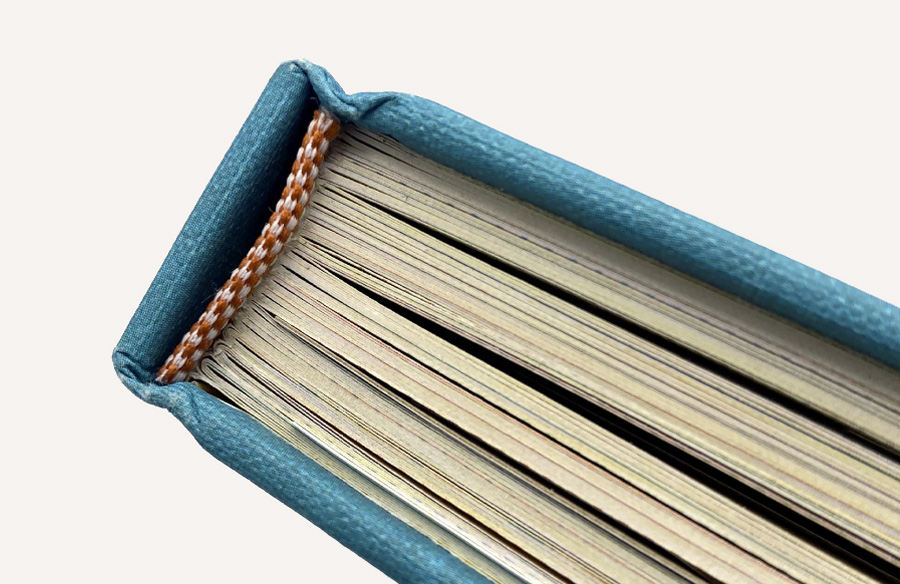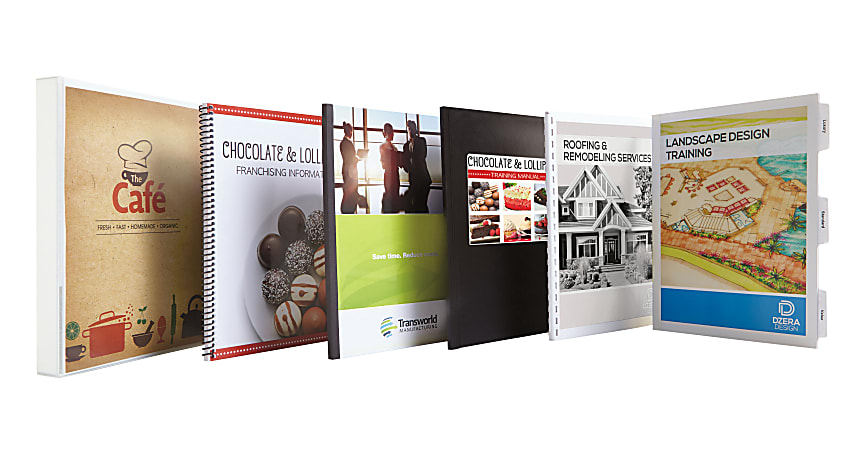Hardcover Books That Make Perfect Gifts for Readers
Hardcover Books That Make Perfect Gifts for Readers
Blog Article
A Comprehensive Guide to the Process of Hardcover Books Printing
When you begin the trip of hardbound book printing, understanding the whole procedure is vital. From preparing your manuscript to picking the appropriate materials, each step plays a critical role in the end product. You'll require to ponder design aspects and printing techniques that fit your vision. As you navigate through binding and high quality control, you'll discover that every decision influences guide's overall allure. What comes next in this detailed process?
Recognizing the Hardbound Book Structure
When you discover the world of hardbound books, you'll rapidly see that their framework is distinctive and intentional. You'll discover a textile or natural leather covering, which not only enhances looks but likewise includes to the publication's longevity.
The text block itself contains multiple signatures, or folded sheets, sewn together for stamina. You'll see that the spine is enhanced, enabling a smooth lay-flat analysis experience - hardcover books. Furthermore, guide's weight typically conveys a sense of high quality and durability
Hardcover publications normally feature a dust coat, which functions as an advertising and marketing tool while safeguarding the cover. Recognizing these elements helps you appreciate the workmanship behind hardbound books and their special charm in the literary globe.
Manuscript Prep Work and Editing And Enhancing
Getting your manuscript ready for printing is vital, and it starts with correct formatting guidelines. You'll need to comprehend the editing and enhancing process to refine your job and guarantee it resonates with readers. And also, understanding proofreading methods can aid you capture those annoying mistakes prior to your publication mosts likely to print.

Manuscript Formatting Standards
Proper manuscript formatting is essential for producing a professional-looking hardcover book. Beginning by picking a typical font style like Times New Roman or Arial in 12-point size. Use double-spacing throughout the paper to enhance readability. Set your margins to 1 inch on all sides, offering your text area to breathe. Number your pages in the top right corner, and include your phase titles at the start of each new section. Usage clear headings to show areas, and avoid extreme formatting like bold or italics unless required. Make certain to check your manuscript for consistency in vogue, ensuring that whatever from punctuation to spacing sticks to your selected standards. Following these actions will certainly establish a strong foundation for your book.
Editing Process Fundamentals
Editing your manuscript is an important action that can transform it from a harsh draft right into a refined end product. Beginning by checking out your job seriously, concentrating on framework, clearness, and circulation. Search for incongruities in your narrative, personality advancement, or argumentation. It's valuable to take breaks in between rounds of editing and enhancing to obtain fresh perspectives. Do not be reluctant to reduce unnecessary web content or rephrase unpleasant sentences; this will certainly enhance readability. Take into consideration looking for feedback from relied on peers or expert editors who can provide valuable understandings. Keep in mind, editing and enhancing isn't almost taking care of mistakes; it has to do with refining your voice and ensuring your message resonates with readers. Welcome the procedure, and you'll see your manuscript sparkle.
Proofreading Techniques Introduction
When you've brightened your manuscript with modifying, the next step is to ensure it's free of errors that might distract viewers. Begin by taking a break after editing and enhancing; fresh eyes capture blunders much better. Read your manuscript out loud-- this helps you listen to unpleasant phrasing and area typos. Usage digital tools like spell checkers for initial scans, yet don't rely entirely on them. Take into consideration publishing your manuscript; analysis theoretically can expose mistakes that screens miss. Concentrate on one sort of error each time, whether it's spelling or grammar, to stay clear of sensation overwhelmed. Ultimately, enlist a relied on friend or expert proofreader to offer a fresh viewpoint. Their responses can highlight problems you could forget.
Creating the Book Cover and Interior
When you're creating your book cover and inside, you'll want to concentrate on essential layout aspects that catch your audience's focus. Selecting the best typography styles and thoroughly selecting shades and images can make all the distinction in conveying your publication's motif. Allow's discover exactly how these options can elevate your work and bring in visitors.
Important Style Components
Producing an appealing book cover and a well-designed inside is crucial for attracting discover here visitors and boosting their experience. Choose shades and images that reflect your publication's theme and mood.
For the interior, emphasis on design and white area. A tidy, well organized style aids readers navigate effortlessly. Take into consideration making use of chapter headings and subheadings to assist them through the material. Aesthetic aspects, like illustrations or graphics, can likewise boost interaction yet ought to enhance the text, not bewilder it. Remember, a natural design throughout your publication fosters a specialist look that can significantly influence a visitor's choice to choose it up.
Picking Typography Styles
Typography plays a crucial role in both guide cover and interior decoration, shaping how visitors view your web content. When picking typography styles, consider your book's genre and target audience. A timeless serif typeface might function well for literary fiction, while a modern sans-serif might suit a contemporary book. Assurance readability; your message needs to be easy on the eyes, especially for longer passages. Focus on font size and line spacing, as these aspects impact general flow. Mixing typefaces can add interest, but limit it to two or three to keep coherence. Think regarding hierarchy-- use different styles for headings and body text to guide viewers easily via your job. Your typography options will significantly affect the reader's experience.
Color and Images Choice
Choosing the appropriate colors and imagery is essential for recording visitors' attention and sharing your book's motifs. Begin by considering your genre; vibrant shades may benefit a youngsters's publication, while muted tones match an enigma book. hardcover books. Use images that resonates with your content-- images, pictures, or abstract layouts can improve your message
When designing the cover, make specific the images does not overwhelm the title and author's name; clearness is vital. This cohesive method not just boosts your publication's aesthetic however additionally enriches the visitor's experience, making it a lot more remarkable.
Choosing the Right Paper and Materials
When choosing paper and materials for your hardcover book, it's necessary to ponder exactly how they'll influence the total appearance and feel of your project. Beginning by choosing the best paper weight; much heavier supply usually conveys high quality and resilience, while lighter paper can produce a much more delicate touch. Think about the surface as well; shiny paper improves shades and pictures, while matte can give an innovative, underrated look.
Cloth, leather, or published paper can establish the tone for your book. Additionally, assume concerning the binding products; utilizing top quality adhesive warranties your publication lasts.
Ultimately, the choices you make below show your vision, so take the time to example various materials (hardcover books). Your options will certainly help develop a publication that's not only aesthetically attractive but additionally long lasting and functional
The Printing Process: Strategies and Technologies
A selection of printing strategies and technologies can bring your hardcover book to life, each offering special benefits. Digital printing is a prominent option for short runs, allowing for fast turn-around and cost-efficient remedies.
Recognizing these methods aids you make notified choices, guaranteeing your hardcover book not only looks fantastic however additionally satisfies your manufacturing needs efficiently. Choose the right approach to elevate your publication's allure and effect.
Binding Techniques for Hardcover Books
A number of binding methods can change your hardcover publication into a long lasting and attractive item. Another approach is the excellent binding, which makes use of glue to hold go to this site the web pages with each other, enabling for a streamlined spine yet less toughness compared to situation binding.
You might also think about spiral binding, which enables your publication to lay level, making it excellent for workbooks or manuals. Each binding technique has its advantages and fits various requirements, so assume concerning your publication's purpose and target market when choosing the best option for your project.
Quality Control and Final Touches
After choosing the right binding method for your hardcover book, high quality control ends up being important to verify your end product meets your expectations. Start by inspecting the printed web pages for any kind of errors or inconsistencies in shade and layout. You don't want to miss out on any type of typos or misprints that can affect your readers' experience.
Next, inspect the binding honesty. Validate the web pages are firmly connected which the back is tough. A well-bound book not only looks expert yet also really feels sturdy in your hands.
Additionally, take note of the cover. Search for any scuff marks or imbalances in the art work. Make certain they're used regularly across all duplicates. if you've decided for special finishes like embossing or aluminum foil stamping.
Ultimately, carry out a detailed examination of the whole batch prior to moving to circulation. This method, you can validate that every publication reflects your high requirements.
Frequently Asked Inquiries
The length of time Does the Hardcover Publication Printing Process Commonly Take?

What Is the Minimum Order Amount for Hardbound Books?
The minimum order quantity for hardcover books usually begin around 100 duplicates, however it can vary based on the printer. You should get in touch with your picked printing solution for their certain demands and pricing.

Can I Publish Hardbound Books in Customized Sizes?
Yes, you can publish hardcover books in customized sizes. Lots of printing solutions offer flexibility with dimensions, enabling you to select a style that fits your job. Simply validate the requirements prior to positioning your order.
Exist Eco-Friendly Options for Hardbound Publication Printing?
Yes, you can locate eco-friendly options for hardcover book printing. Numerous companies use recycled materials and sustainable inks. Just ask your printer about their green practices to guarantee your project straightens with your environmental worths.
What Are the Prices Linked With Hardbound Publication Printing?
When taking into consideration hardbound publication printing expenses, you'll need to element in materials, design, and printing methods. Added expenditures like delivery and binding can likewise impact your overall spending plan, so strategy as necessary for your job.
When you begin the journey of hardbound publication printing, comprehending the entire procedure is crucial.A selection of printing methods and innovations can bring your hardcover publication to life, each offering special advantages. How Lengthy Does the Hardcover Publication article source Printing Refine Usually Take?
The hardcover publication printing process usually takes around 2 to 6 weeks.Yes, you can discover eco-friendly alternatives for hardcover publication printing.
Report this page